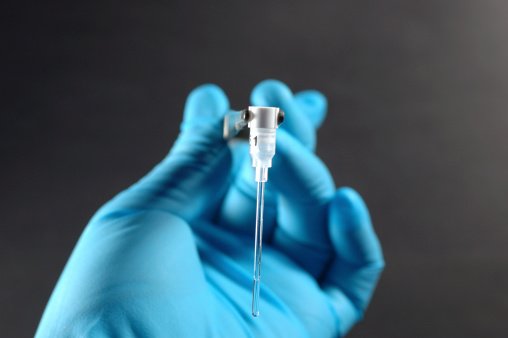Capillary Tubing Selection Guide

When selecting capillary tubes, the internal diameter is one of the most important factors. Incorrect capillary tube sizes can lead to blockages and broken tubes. This capillary tubing selection guide will assist in making the right choice for your application. Here are some tips to remember when selecting capillary tubes: THis is why you need to visit this site that has more info about the best capillary tubes to buy.
In general, the length of your tube should be at least 2.5 times the diameter of the fluid that you intend to pump. However, if you need to increase the length, do not exceed 5 thousand times the internal diameter. Too much length may result in excessive pressure and longer operating times. For best results, use a capillary tube that is three to five times the inner diameter. Otherwise, excessive pressure will build up and the tube will not be responsive to changes in operating conditions.
A capillary tube is selected based on its internal diameter and length. These factors affect the flow rate of the cooling liquid through the cap tube. Tube length, diameter, and operating pressure determine the flow rate of the cooling fluid through the cap tube. Capillary tubing is often soldered to the suction line, ensuring a more efficient system. This process also reduces the amount of time needed to connect the tube to the compressor.
Capillary tubing is available in ultra-small diameter stainless steel. A smooth inner diameter is essential for chromatography. Highly concentric inner diameters reduce flow disturbances at connection points and minimize band broadening. This is important for HPLC equipment performance and efficiency. And, it will help keep your costs down while increasing sampling efficiency. So, when selecting capillary tubing for your chromatography system, keep these guidelines in mind. In addition to this, to get the most ideal capillary tubing, check out this site at chromtech.com.
If you need a copper tube with a small internal diameter, choose a capillary tube. The narrower its inner diameter, the more efficient your cooling system will be. This type of tubing is not ideal for air conditioning and refrigeration, as it won't allow for a steady load. This is because of the fact that it doesn't have any moving parts. Therefore, you can expect your system to operate at a lower temperature than normal.
A capillary tube must be carefully installed. When selecting the right tube for your cooling system, you should make sure to measure the diameter of the condenser and the evaporator coil. This will prevent refrigerant overcharge, which will lead to increased temperatures and pressures in the low side of the system. Capillary tubes should be installed by a competent person. If you're not confident, you should ask a professional to install them.
It is best to select a tube with a low outside pressure, and high inside pressure. The lower the pressure, the higher the flow rate. If you're using a low-pressure capillary tube, you should choose a higher-pressure tube. The higher the pressure, the less fluid will flow through the tube. The same is true for high-end pressures. A lower outlet pressure means a higher flow rate, but make sure you check for both of these factors. This link https://en.wikipedia.org/wiki/High-performance_liquid_chromatography sheds light into the topic, so check it out!
